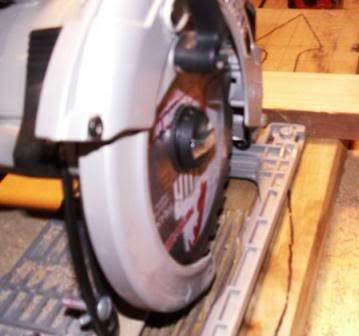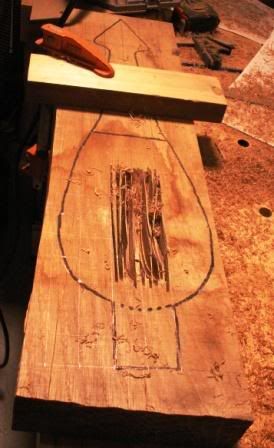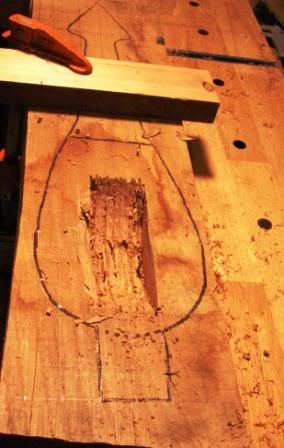I need some help from the carving community! I desperately want to get into carving, but I am finding it tremendously difficult to even start.
First and foremost, my tools are crap. Cheap harbor freight stuff. I don't know how important the quality of your carving tools is as a beginner, but I suspect that like everything in woodworking I should buy the best I can afford. The problem is, I don't know what constitutes "good tools". I don't want to just plunk down a bunch of money thinking that price automatically equals quality...I want value.
secondly, I see a lot of carving sets out there, and I don't know the difference between them. Stubby, flexcut, palm chisels, full size, etc. Not to mention they all come with different tools. What tools are pretty much essential? Are full size better than smaller tools?
Thirdly, I have no idea where to begin with sharpening. I was never able to get a decent edge on my tools, I don't know how to grind them properly, I don't know how to hone them properly, and then I am sure the quality of the tools comes into play at some point.
If you guys could give me some ideas on a decent set of chisels to buy, and a couple of sharpening tips, I would be eternally greatful. Then I'll be back for actual carving tips :icon_thum
First and foremost, my tools are crap. Cheap harbor freight stuff. I don't know how important the quality of your carving tools is as a beginner, but I suspect that like everything in woodworking I should buy the best I can afford. The problem is, I don't know what constitutes "good tools". I don't want to just plunk down a bunch of money thinking that price automatically equals quality...I want value.
secondly, I see a lot of carving sets out there, and I don't know the difference between them. Stubby, flexcut, palm chisels, full size, etc. Not to mention they all come with different tools. What tools are pretty much essential? Are full size better than smaller tools?
Thirdly, I have no idea where to begin with sharpening. I was never able to get a decent edge on my tools, I don't know how to grind them properly, I don't know how to hone them properly, and then I am sure the quality of the tools comes into play at some point.
If you guys could give me some ideas on a decent set of chisels to buy, and a couple of sharpening tips, I would be eternally greatful. Then I'll be back for actual carving tips :icon_thum




